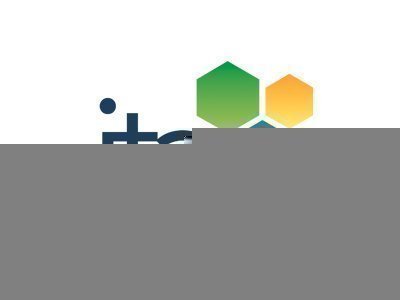The Mystery of the Worst Type of Take-Away
The NIOSH Science Blog posted an interesting article on the investigation of high blood lead in a small child. Lead, a known neurotoxin and has a history of neurological effects in exposed children in Australia and internationally. No lead contamination could be found in the house or surrounding garden except the laundry floor. Upon further testing of the family, her father Ted, was found to have elevated blood lead as well. It was determined that Ted typically came home from work at the e-scrap recycling facility with dust in his hair and on his clothes.
Like many devoted dads he routinely picked up and played with his two-year-old daughter Sarah when he arrived home, before showering and throwing his clothes in the laundry. Ted’s work, crushing cathode ray tubes from discarded TVs and computer monitors, involved lead exposure. This "take-home" exposure was determined as the source of Sarah’s elevated exposure.
In the past JTA has carried out testing of work clothing for copper chrome arsenic (CCA) contamination associated with work on CCA treated timber which found that there was a risk of contamination of the clothing which was potentially significant for wash water waste. Worker exposure was not elevated. The potential for exposure to others within the home was identified (but not quantified). In this case the workers tested were working in tasks that were by no means the highest exposed in the wider workforce.
These examples reinforce the need for constant vigilance when it comes to the transfer of work contaminants into other environments with susceptible populations where all sorts of other risk factors come into play: at work we may assume that trained workers employ a reasonable standard of hygiene and PPE and will not ingest toxic materials, small children often put their hands, toys and lots of other things in their mouths that adults do not, our workplace exposure standards assume that the exposed population is made up of adults. Children may be more susceptible to toxins due to their developing physiology and pound for pound the dose will be greater.
The simple preventative measures (listed in the NIOSH Blog) that have been around for generations are eminently practicable:
- Reducing exposure in the workplace as far as practicable, in accordance with the control hierarchy.
- Changing clothes before going home and leaving soiled clothing at work for laundering.
- Storing street clothes in areas separate from work clothes.
- Showering before leaving work.
- Prohibiting removal of toxic substances or contaminated items from the workplace
- Training workers in the nature and extent of the risks of the chemicals with which they work
In Australia Ted’s job could be designated as a lead risk job and subject to specific controls under OHS/WHS regulations which would include all of the above. However some or all of these control measures may apply to many situations outside those captured by regulation. The NIOSH Blog reminds us that these simple, preventative measures are also much more effective than the alternatives due to the difficulty with decontaminating homes and vehicles. Normal house cleaning and laundry methods may not adequately remove workplace toxins and may expose those doing the work.
JTA can assist in the identification, assessment and control of workplace chemical hazards. For more information visit: Hazardous Materials and Hazardous Substances.
The NIOSH Science Blog: Workplace Medical Mystery Solved: An Unknown Exposure Leaves a Child with High Amounts of Lead in her Blood, 04/24/2015









